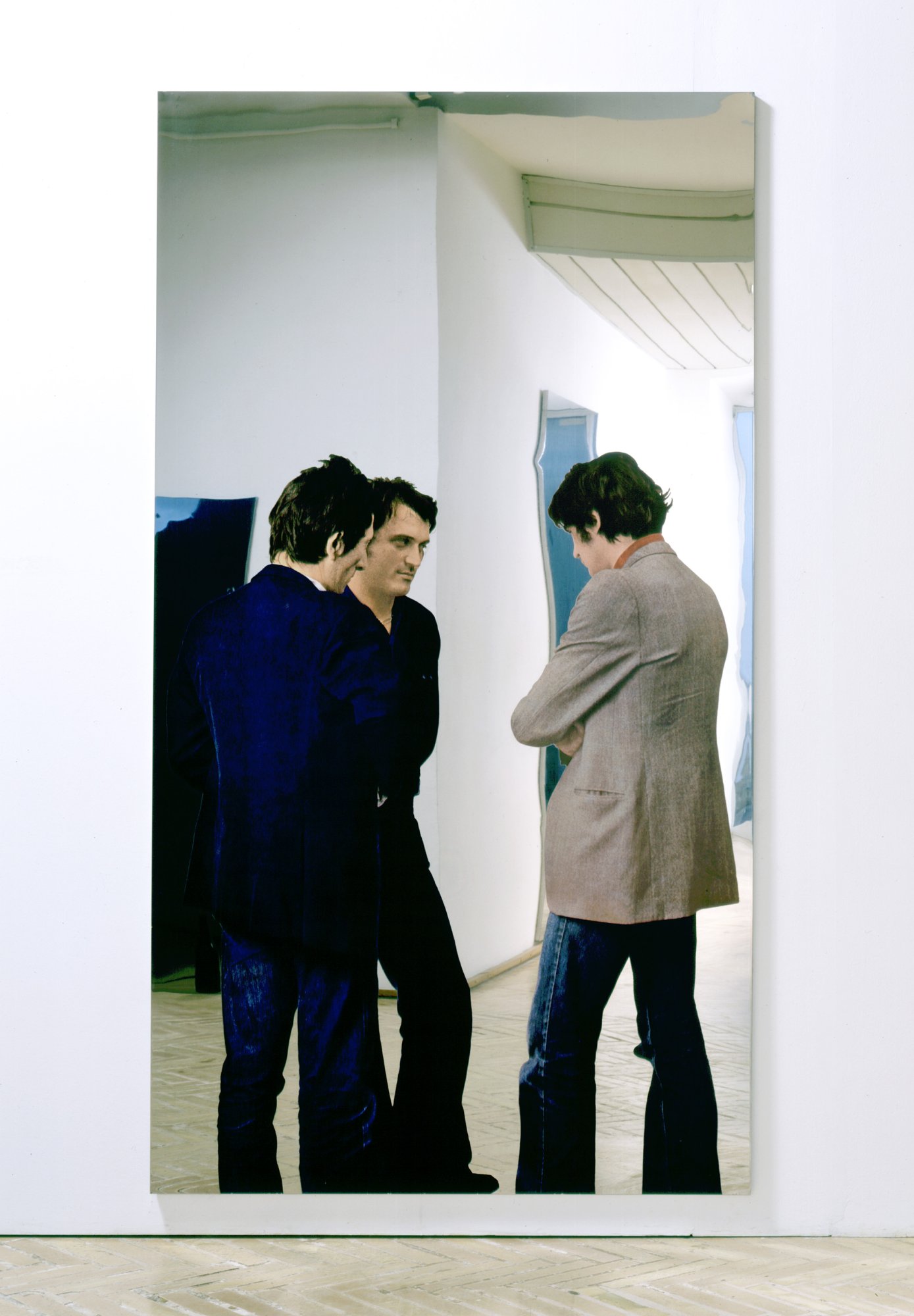On the occasion of the opening of the "Arte Povera" exhibition, Carolyn Christov-Bakargiev, curator of the exhibition and an internationally renowned specialist in this movement, invites artists Pier Paolo Calzolari, Giuseppe Penone, and Gilberto Zorio for a special conference to discuss their works, art, energy, metamorphosis, alchemy, and artistic freedom.
Curated by Carolyn Christov-Bakargiev, the "Arte Povera" exhibition — which brings together the thirteen main figures of the movement — features over two hundred and fifty historical and contemporary works, including around fifty from the Pinault Collection. The exhibition aims to shed light on both the Italian origins and the international influence of this major artistic movement of the 1960s.
Balancing heritage and influence, this exhibition examines Arte Povera not only as a significant movement of Italian artists using humble materials and simple techniques in the 1960s and early 1970s, but also as part of a longer art history focused on the phenomenological reduction of experience, channeling energy and life as constant embodied presences.
The conference will be followed by a question and answer session.
The talk will be held in Italian, with simultaneous translation into French.
After the conference, Carolyn Christov-Bakargiev will sign copies of the exhibition catalogue Arte Povera, presented at the Bourse de Commerce from October 9, 2024, to January 20, 2025, at the Bookshop.
Pier Paolo Calzolari (born in Bologna in 1943) has been developing since the 1960s an atypical work that revolves around a few recurring materials: tobacco leaf, salt, fire, frost, copper or lead. They play a role in a very personal universe defined by a hermetic and alchemical poetry, where each element both undergoes and produces transformations. Salt and ice conserve, but they can occasionally burn like fire.
Since the late 1960s, Giuseppe Penone (born in 1947 in Garessio) has been creating a remarkably vigorous oeuvre whose main themes are the body, natural phenomena, and the creative gesture. Deeply influenced by the landscapes of his native region of northern Italy, Penone developed a poetic approach to nature, in particular trees, which are a leitmotiv in his oeuvre. He uses a wide array of materials for his sculptures, some traditional such as bronze and marble, and others from the vegetal world.
The work of Gilberto Zorio (born in 1944 in Andorno Micca), which comprises sculptures, paintings and performances, expresses his interest in natural processes, alchemical transformation and the concept of energy. The artist is keen to establish relationships between seemingly unrelated elements, such as electric light and fluids (acids, alcohol, water). The resulting artworks are chemically unstable and thus constantly changing.
Carolyn Christov-Bakargiev (born in 1957 in the United States) is an art historian, curator, and museum director. A specialist in Arte Povera, she published a seminal monograph on the movement (London, Phaidon Press, 1999) as well as essays and studies on its artists. Carolyn Christov-Bakargiev was a curator for the European Capital of Culture in Antwerp (1993) and for the Villa Medici in Rome (1998-2000), chief curator at MoMA/P.S.1 in New York (1999-2001), artistic director of the 13th edition of dOCUMENTA in Kassel, and director of the Castello di Rivoli in Turin from 2016 to 2023. In 2019, she received the Audrey Irmas Award for Curatorial Excellence.
